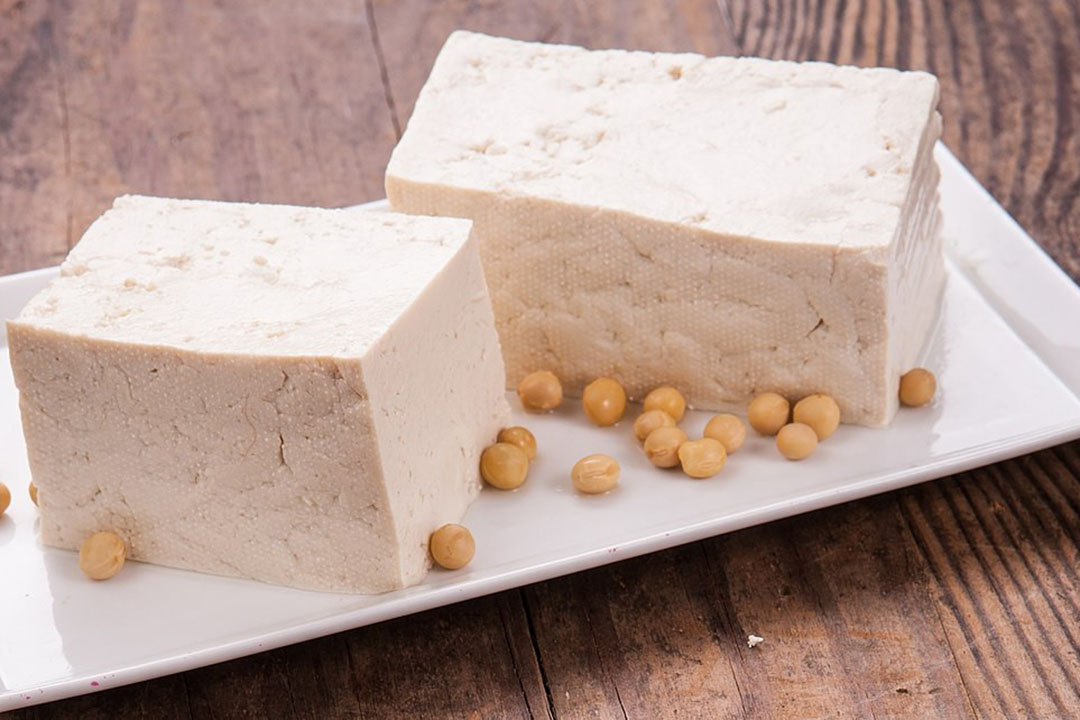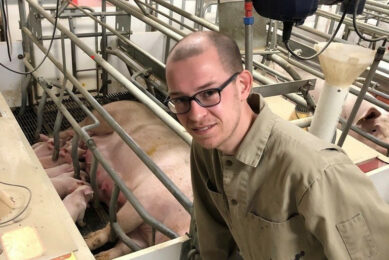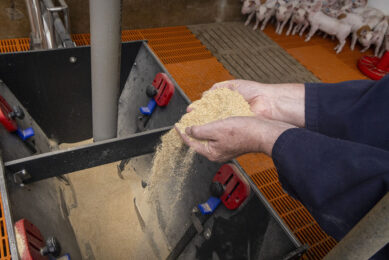Beyond the feed industry: Novel food proteins

A new set of options for creating edible protein have already made their way to consumers. Some ex-meat consumers have turned their backs on animal meat-based protein. Such change in behaviour led to increased demand for meat and milk alternatives.
Substantial vegetable sources are used to address these needs in the form of tempeh, tofu, seitan, oat-milk, soy-milk, almond-milk, etc. Given the fact that consumers are adopting plant-protein meat and milk alternatives, progress in developing novel animal-protein sources without depending on livestock is an alternative that may feed many people in 2050, or perhaps sooner.
Lab-cultured meat
Cultivated meat, also known as lab-cultured meat, is produced through novel processes, better known as cellular agriculture. Under perfect conditions, such food raw materials production could theoretically produce over 300,000 tons of meat from 100 beef-cattle muscle cells in one year. Microbial fermentation may well lead to an alternative (and optimal) quality of protein sources based on yeast or microalgae. Torula and baker’s yeast as well as Chlorella and Spirulina are good examples of this. These alternatives may hypothetically entirely remove the need for breeding animals.

Feed experts talk
Find out what are the hot topics in the global poultry sector…
Insect protein
Apart from cellular agriculture, insect protein is making its way into food. Such quality protein alternatives with an ideal amino acid profile could be appealing to people with allergies, athletes and other demanding consumers. Insects have a very high conversion rate: they require 5 times less feed and 10 times less water than cattle to produce the same amount of protein. What’s more, such protein alternatives are helping to reduce emissions of greenhouse gases and ammonia, when compared to livestock. If livestock were to be partially or entirely removed from industrial food applications, this would directly influence the feed manufacturing industry, which is dependent on providing feed to animals. Luckily for the feed industry, such a scenario is unlikely to develop anytime soon.

New Proteins – insect meal
The popularity of insect meal as a new protein has taken off – find out about new developments, regulations and innovations.
Regulatory considerations are controlling the progress and further development of marketing and commercialisation of these protein-alternatives. Also, the acceptance of such alternatives needs to be fully embraced by the consumers. The animal feed industry needs to seek future alternatives before the financial shock-wave arrives. These alternatives may include biochemical and bioengineering processes that could support further development of alternative meat-like raw materials. Producing feed for various types of insects or manufacturing solid substrates that contain a culture media for microbiological work may be alternative systems for overcoming future crises in the production of feed for animals. The sooner these problems are addressed, the sooner the feed industry can reorientate and the sooner the shock waves can be mitigated.











